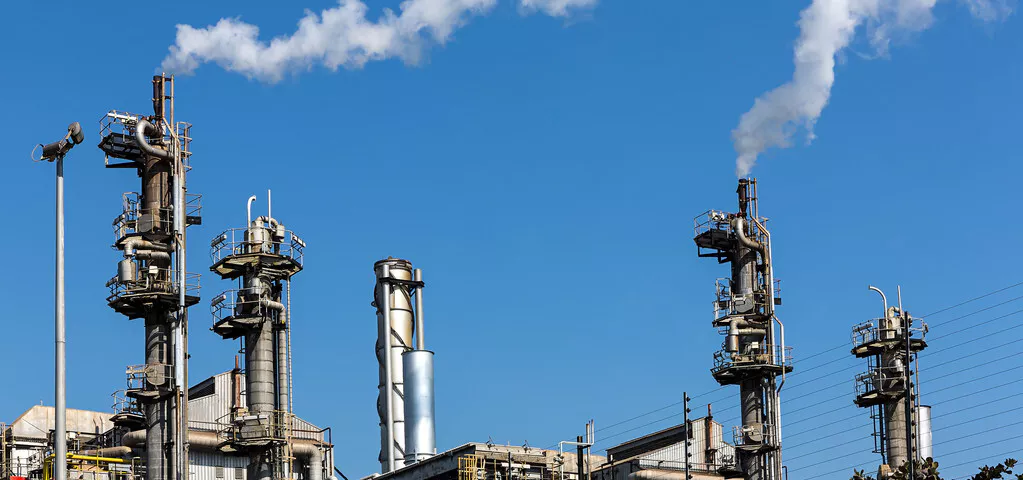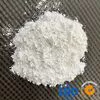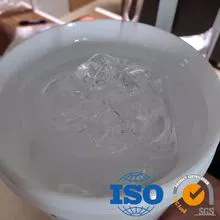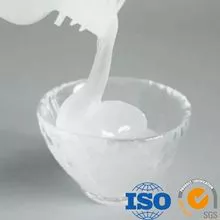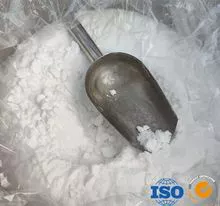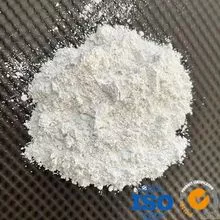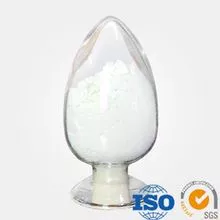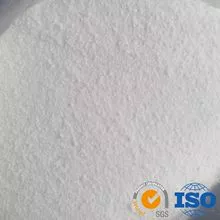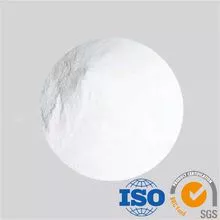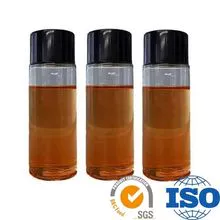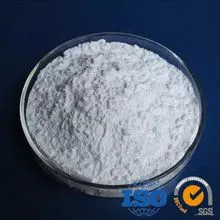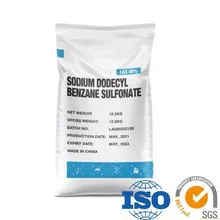Description
Kojic acid, also known as aspergilloic acid and ju acid, is an organic acid with antibacterial effect produced by the aerobic fermentation of glucose by Aspergillus candida at 30~32 °C, and the molecular structure is γ-pyrone with substituents, and among the γ-pyrone compounds existing in nature, the only well-known compounds are kojic acid and maltol. In 1907, Saito isolated kojic acid crystals from Chemicalbook rice koji. It was named by Yabuta in 1912 and its structure was determined in 1924. In 1953, Arnstela (surface fermentation) and 1971 Kitada Makio (dark fermentation) used isotope tracking technology to prove that kojic acid is formed by direct oxidation and dehydration of glucose without carbon frame breakage. Kojic acid is found in koji, it is something that people consume and is safe to use. In recent years, a large number of patent documents have reported the application of kojic acid in cosmetics. Tyrosinase is a key enzyme in the production of melanin. Kojic acid can be chelated with the copper of tyrosinase to make it inactive, which is the basis of its whitening effect. The results of clinical and application tests show that kojic acid has a strong inhibitory effect on the production of melanin in human skin, and is safe, non-toxic, and will not cause sequelae of vitiligo. Kojic acid is more effective when combined with other preparations (such as SOD, placenta extract chemicals, amino acids, sunscreens and various plant extracts, etc.). Kojic acid is mainly used in skin whitening products, anti-aging products, sunscreen products, whitening facial cleansers and beauty cosmetics. Kojic acid has certain antimicrobial activity. Gram-negative bacteria are more sensitive to sodium kojate than Gram-positive bacteria, while most other antimicrobial substances do the opposite. The antibacterial effect of kojic acid is much lower than that of other antibacterial substances, and its antibacterial activity is bacteriostatic rather than bacterioceptive. Kojic acid is ineffective against yeast, viruses, and bacteriophages.
- Food additives
- pesticides
- cosmetic raw materials
Production Capacity:
100000
Delivery Timeframe:
Depends on Size of Order
Incoterms:
CFR - Cost and Freight
CIF - Cost, Insurance and Freight
EXW - Ex Works
FOB - Free on Board
Packaging Details:
根据客户要求
More about
Shijiazhuang Randa Technology Co., Ltd.
10-50
Employees
1M - 2M
Sales volume (USD)
100%
% Export sales
Year
Established
Business type
- Industry / Manufacturer
- Importer / Trading Company
Keywords
- Detergent Raw Materials
- Surfactants
- Chemical Products
- Chemical Raw Materials
Contact and location
-
Chelsea ********
-
+86 1********
-
Shijiazhuang / Hebei | China

